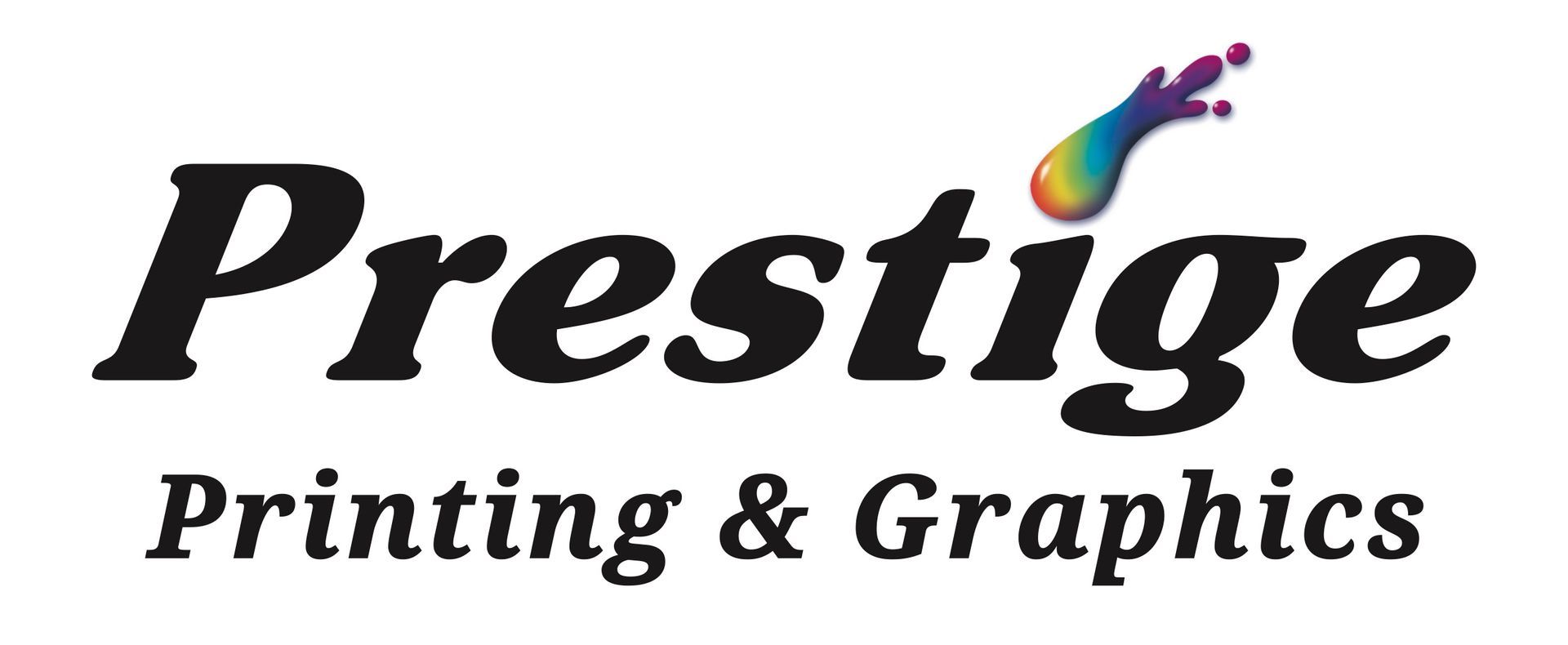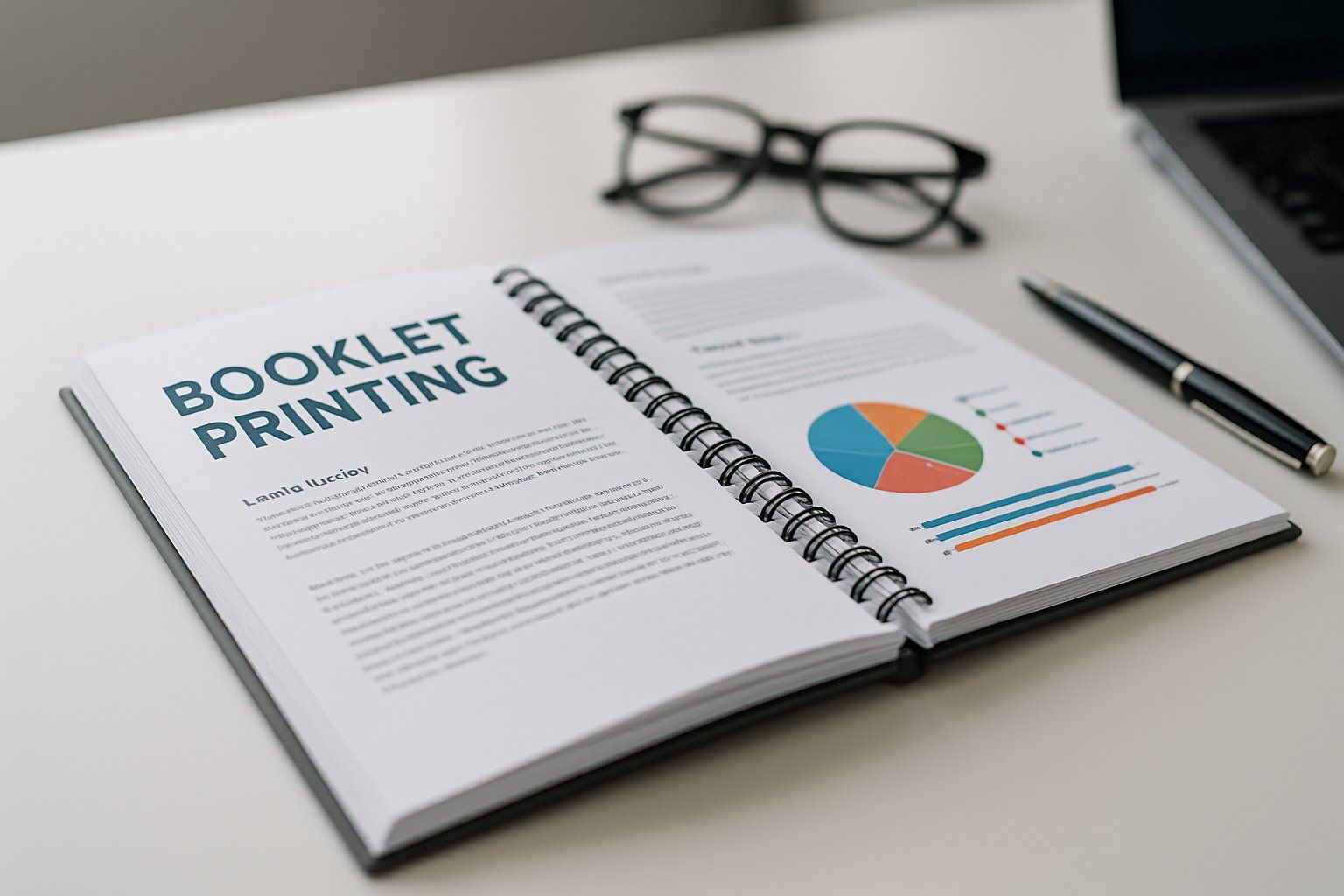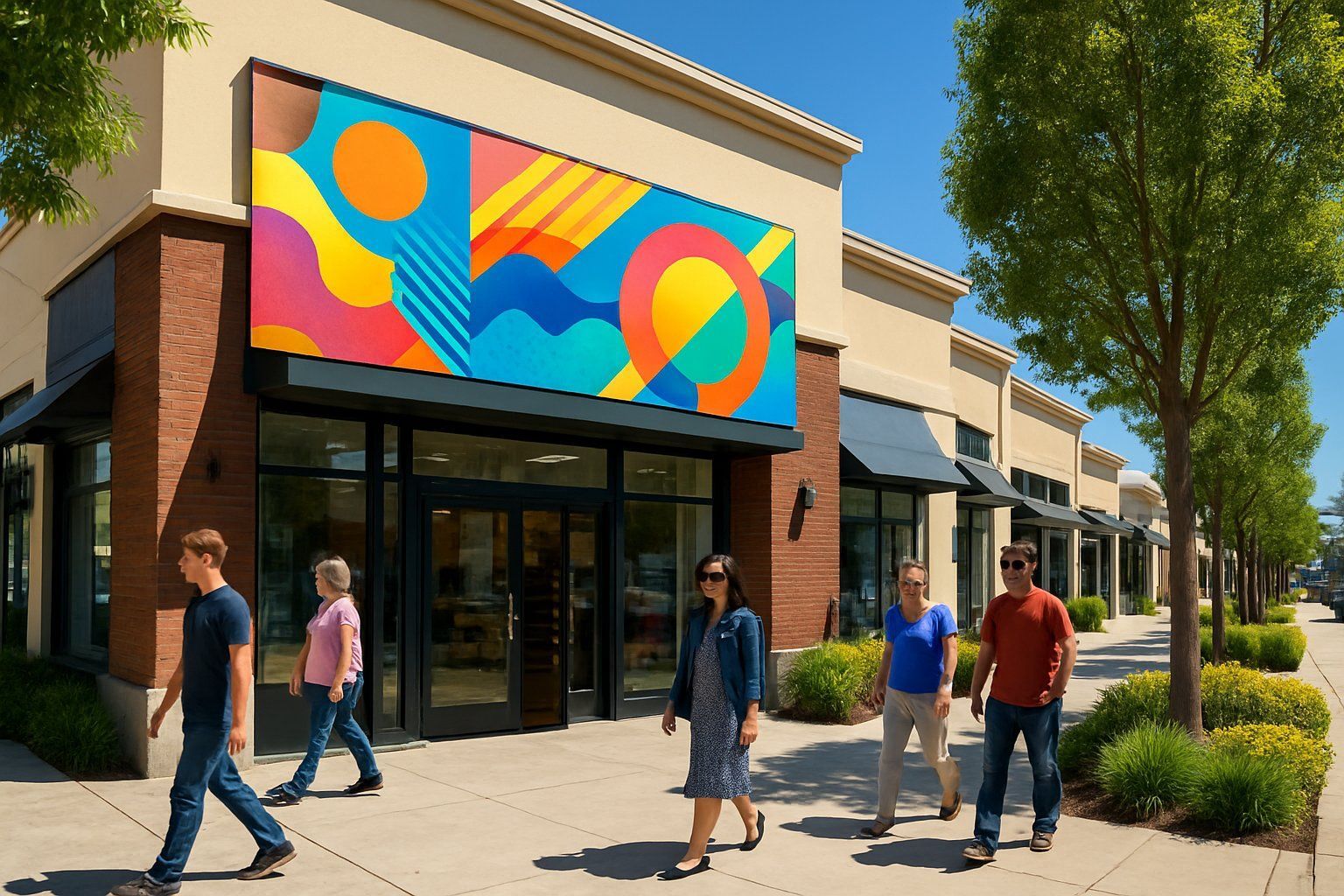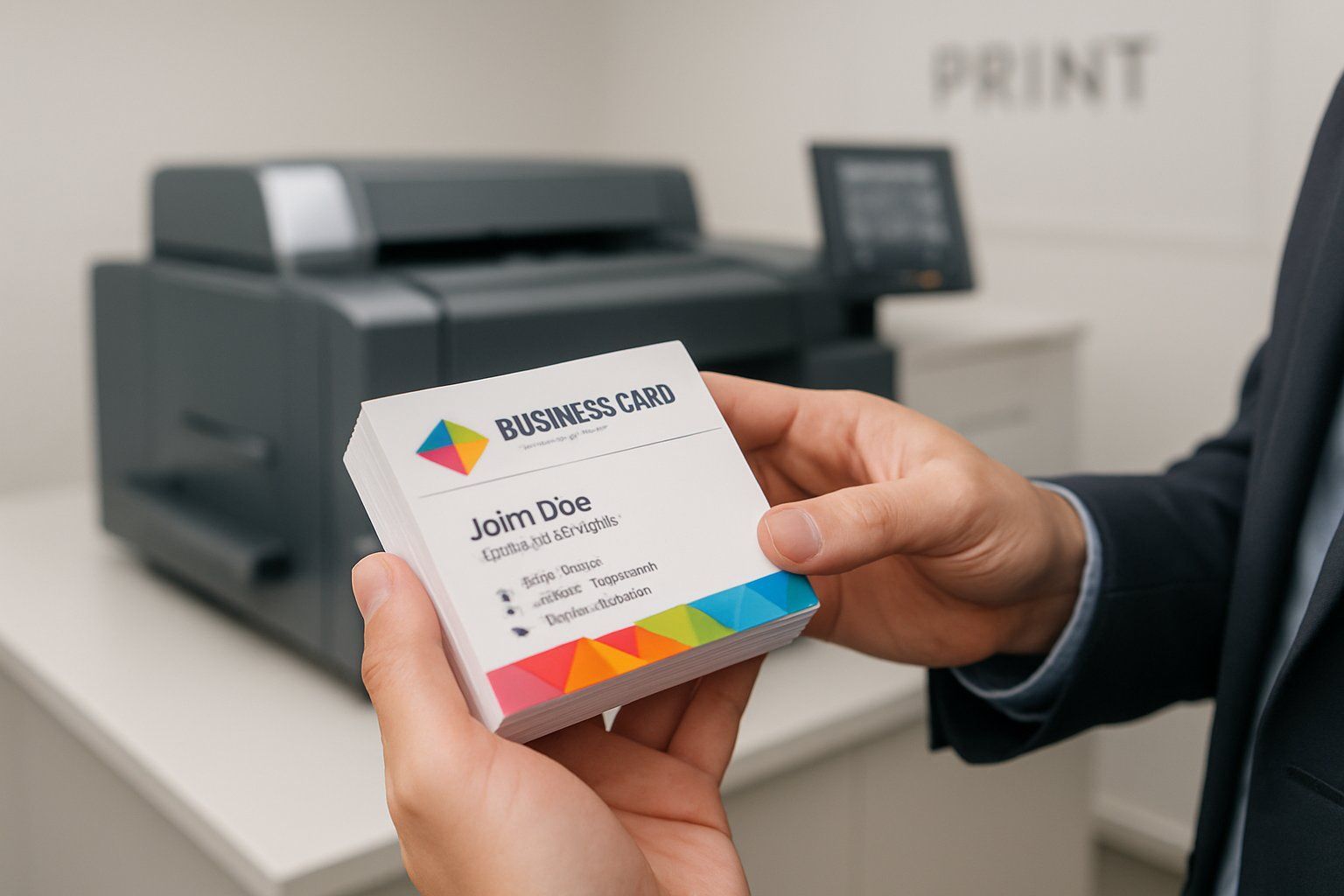How to Create High-Converting Direct Mail for Bay Area Audiences: Targeting and Creative Best Practices
Creating direct mail that truly connects with Bay Area audiences means understanding their unique preferences and needs. Effective campaigns use precise targeting combined with personalized messaging that speaks directly to recipients’ interests.
This approach increases the chance of catching attention and driving meaningful responses.

The creative side is just as important. Using clear, concise copy and strong calls to action alongside eye-catching design helps direct mail stand out in busy mailboxes.
Tailoring the format and message to fit Bay Area demographics ensures the campaign feels relevant and valuable.
Key Takeaways
- Precise targeting and personalization boost direct mail effectiveness.
- Clear copy and strong visuals help capture attention.
- Tailored campaigns increase response and improve ROI.
Understanding Bay Area Audiences

Direct mail campaigns work best when they reflect the unique characteristics of the target audience. A clear grasp of who lives in the Bay Area, how they behave, and what motivates their buying choices helps marketers create more precise and effective messages.
This section highlights key demographic details, behavioral traits, and local preferences important for targeting and segmentation.
Key Demographics and Regional Trends
The Bay Area has a diverse population with significant ethnic variety, including large Asian, Hispanic, and White communities. It is also known for a highly educated workforce, with many residents working in tech, finance, and creative industries.
Median age tends to be in the 30s to 40s range, reflecting a mix of young professionals and established families. Income levels vary widely, but many neighborhoods feature well-above-average household incomes due to high-paying jobs.
Urban areas see a larger share of renters, while suburban parts have more homeowners. This diversity means direct mail targeting should consider income, ethnicity, family status, and education to reach relevant segments effectively.
Behavioral Segmentation in the Bay Area
Bay Area residents often show distinct shopping patterns online and offline. Many value sustainability, supporting local businesses, and favor eco-friendly products.
There is also a strong openness to innovation and new technology, driven by the area’s tech culture. Marketers can segment audiences by lifestyle preferences, such as outdoor enthusiasts, parents, or tech adopters.
Response to direct mail may vary by these segments, so personalization and clear calls-to-action tailored to lifestyle or values tend to perform better. Behavioral data also shows Bay Area consumers respond well to detailed offers and transparency in marketing messages.
Local Preferences and Buying Motivations
Bay Area consumers prioritize quality and brand reputation, often willing to pay more for products aligned with their values. Convenience matters, especially in urban areas where time is limited.
Services and products related to health, tech, and sustainability receive strong interest. Buying decisions are influenced by social proof and community impact.
Messaging that highlights local relevance or social responsibility resonates well. Marketers using direct mail should incorporate localized content and appeals to community pride.
Customized offers and promotions that reflect Bay Area trends increase engagement and conversion chances.
Building a High-Converting Mailing List
A successful direct mail campaign for Bay Area audiences starts with a carefully built mailing list. It requires accurate audience data, proper segmentation to target specific groups, and personalized content that resonates with recipients.
Gathering and Enhancing Audience Data
Collecting quality data is the foundation of any effective mailing list. The list should include current and accurate addresses, demographic info, and customer behavior details relevant to the Bay Area market.
Data can come from multiple sources, such as previous customer records, third-party lists, or public records. Enhancing this data means verifying its accuracy, removing duplicates, and appending missing details like income range or purchasing habits.
Using tools like address verification services ensures mail reaches the right households. Accurate data reduces wasted postage and increases deliverability.
Effective List Segmentation Strategies
Segmentation divides the mailing list into smaller, targeted groups based on shared traits. For Bay Area campaigns, important segments might include location (city or neighborhood), income level, age groups, or consumer interests.
Segmentation allows the campaign to tailor messages relevant to each group’s preferences. For example, luxury product offers might target higher-income neighborhoods like Palo Alto, while eco-friendly product promotions focus on environmentally conscious areas like Berkeley.
Segmented lists improve engagement by delivering relevant content.
| Segment Criterion | Description | Example Target |
|---|---|---|
| Geographic Area | City or ZIP code | San Francisco, Oakland, Marin County |
| Income Level | Household income brackets | $75k-$150k for mid-tier offers |
| Lifestyle | Interests or behavior | Tech enthusiasts or green product buyers |
Leveraging Data for Improved Personalization
Personalization goes beyond inclusion of a recipient’s name. It involves using collected data to create direct mail that connects with individual preferences or past behavior.
For Bay Area audiences, this might mean referencing local events, climate concerns, or lifestyle trends in the creative. Tailored offers based on purchase history can increase relevance and drive higher response rates.
Automation tools can merge personal data into mailers, such as customizing headlines or offers. Clear, simple calls to action tied to personal benefits help motivate recipients to act.
Effective personalization builds trust and makes each mail piece feel unique rather than generic.
Targeting and Personalization Strategies

Effective direct mail campaigns for Bay Area audiences rely on precise targeting and meaningful personalization. Marketers must combine data-driven insights with creative messaging to engage recipients.
Using technology enhances customization while testing ensures messages resonate and convert well.
Integrating Personalization for Higher Engagement
Personalized direct mail boosts engagement by sending tailored messages that fit the recipient’s interests and behavior. It includes customizing offers, images, and language based on customer data like purchase history, lifestyle, or local events.
For Bay Area audiences, this might mean highlighting eco-friendly product features or local community benefits. Personalizing mail beyond basic demographics helps avoid generic messaging, increasing response chances.
Using dynamic fields or variable data printing allows each piece to be unique. This connection makes the mail feel relevant and respectful.
Using Automation to Scale Customization
Direct mail automation enables marketers to send personalized messages at scale without manual effort. Automation platforms unify data from various sources, allowing precise audience segmentation and timed delivery based on customer actions or events.
For instance, automation can trigger mail drops after a website visit or a local event relevant to the Bay Area audience. This timely approach increases the chance of getting attention.
Automation also supports integrating direct mail with digital marketing, syncing messages for a seamless customer experience. It reduces wasted spend by targeting prospects more likely to convert.
Applying A/B Testing to Optimize Mailings
A/B testing lets marketers compare two versions of a mail piece to see which performs better. This process helps refine creative elements, offers, or calls to action, improving campaign effectiveness over time.
For the Bay Area market, testing different formats or messages that appeal to diverse local interests ensures the right approach reaches the right segment.
By tracking key metrics such as response rates and conversions, A/B testing guides data-driven decisions.
Creative Direct Mail Design Best Practices
Direct mail pieces must capture attention quickly and clearly show their offer’s value. Careful design choices guide readers to act while making the message easy to understand.
Using the right layout, balancing visual elements, and picking the best mail format are key to boosting response rates.
Designing Impactful Layouts
An effective layout directs the reader’s eye to the most important parts of the mail piece, like the headline and call to action (CTA). Designers often use bold headings and bullet points to break information into clear sections.
Visual hierarchy matters: placing the CTA prominently, often near the top or bottom right, helps ensure it stands out. Using colors to highlight offers or benefits without overwhelming the design keeps focus where it should be.
Images should support the message, not distract from it. Simple, relatable visuals can improve engagement.
Tables or short lists summarize key points quickly, helping recipients understand the benefits fast.
Effective Use of White Space
White space is the empty or “breathing” space around text and images. It makes direct mail easier to read and more visually appealing.
Crowded designs often confuse recipients and reduce response rates. Using white space strategically can guide the reader’s attention to important elements, like the CTA or key benefits.
It also improves readability by breaking up long blocks of text into shorter, digestible sections. Balancing white space with content creates a clean, professional appearance.
Too much empty space risks wasting valuable mail real estate, so it must be used with purpose to enhance—not replace—critical information.
Selecting Mail Formats: Postcards, Dimensional Mail, and More
Choosing the right mail format depends on the campaign goals and budget. Postcards are cost-effective and straightforward.
They offer instant visibility but have limited space for detailed offers. Dimensional mailers include boxes, pop-ups, or textured materials.
They cost more but create a tactile, memorable experience that can increase engagement. These formats work well for high-value offers or luxury products.
Interactive elements like QR codes or scratch-offs add interest and connect physical mail to digital actions. Testing different formats with a sample audience helps identify the best mix of cost and impact for Bay Area recipients.
Crafting Compelling Content and Calls to Action
Effective direct mail marketing depends on clear messaging and motivating the reader to act. Focused value propositions, attention-grabbing headlines, and well-designed calls to action are essential to increase customer engagement and response rates.
Developing Clear Value Propositions
A strong value proposition tells recipients exactly why the offer matters to them. It should highlight clear benefits that solve a specific problem or fulfill a need.
For Bay Area audiences, emphasizing local relevance, convenience, or exclusive offers often works well. Value propositions must be concise and easy to understand.
Avoid jargon or vague promises. Instead, use straightforward language that clearly communicates what the customer gains.
For example, “Save 20% on energy-efficient products designed for Bay Area homes” is direct and relevant. Presenting the unique selling point early in the mail piece helps capture attention.
Writing Engaging Headlines and Copy
Headlines should grab attention quickly and focus on benefits. Using active verbs and a direct tone helps create interest.
Local references or timely offers can increase relevance to the Bay Area audience. The body text should support the headline by explaining the offer clearly and succinctly.
Avoid long paragraphs—break information into bullet points or short sentences for easy reading. Effective copy connects emotionally by addressing customer needs or pain points.
It also uses credible facts to build trust, such as statistics about energy savings or customer testimonials. Clear, simple language ensures that readers of varying backgrounds understand the message without confusion.
Creating High-Impact Calls to Action
A call to action (CTA) must be clear, direct, and aligned with the overall message. It should tell the reader exactly what to do next, such as “Schedule Your Free Home Energy Assessment Today.”
Using actionable verbs like download , register , or call starts the CTA strongly. Adding urgency—for example, limited-time offers or deadlines—can encourage faster responses.
Personalizing CTAs based on the Bay Area demographic, like referencing local events or conditions, increases relevance and engagement.
Visually, CTAs should stand out using bold colors, distinct buttons, or whitespace to draw attention. Keeping it simple with a single main CTA per mail piece avoids confusion and drives better conversions.
Maximizing Campaign Performance and ROI
Effective direct mail campaigns for Bay Area audiences rely on combining precise delivery with smart tracking and measurement. Connecting physical mail with digital tools can increase engagement, while tracking tools help marketers understand performance and improve future efforts.
Integrating Direct Mail with Digital Channels
Bay Area marketers should link direct mail efforts to digital platforms like email, social media, and paid ads. This multi-channel strategy strengthens brand recognition and encourages action by reinforcing the message across several touchpoints.
For example, sending a postcard with an exclusive offer followed by a targeted email or social ad can lift response rates. Consistent branding and offers across channels maintain clarity and avoid confusion.
Coordinating timing is critical. Digital ads should start just before or when mail arrives, keeping the audience engaged and prompting faster reactions.
Utilizing QR Codes and Trackable Elements
Adding QR codes to direct mail pieces is an effective way to bridge print and digital. These codes provide a simple way for recipients to interact immediately and let marketers track precise engagement.
QR codes in Bay Area campaigns can link to landing pages, special offers, or virtual events. Using unique QR codes for different segments also helps identify which groups respond best.
Trackable phone numbers and personalized URLs (PURLs) can enhance response monitoring. These tools feed into analytics software like Google Analytics, providing data on user paths, conversion rates, and campaign effectiveness.
Monitoring and Analyzing Results
Measuring open rates is harder with mail than digital ads, but response rates, redemption of offers, and website traffic help assess success.
Bay Area campaigns benefit from integrating physical and online data. Marketers should regularly review analytics from digital follow-ups and use CRM data to track customer retention and lifetime value.
Leveraging Direct Mail Automation Solutions
Direct mail automation helps marketers reduce manual work and increase accuracy. It also improves how campaigns are tracked and managed over time, especially across multiple customer touchpoints.
Using automation tools properly can make direct mail efforts more precise and efficient.
Streamlining Production and Workflow
Automation tools simplify the creation and sending of mail pieces. By connecting software platforms like CRMs or ecommerce systems to direct mail services, companies can automatically update mailing lists and generate personalized mail based on customer data.
This reduces errors and saves time by eliminating manual data entry. Variable data printing allows different versions of the same mail to be customized for each recipient, such as adding names, locations, or tailored offers.
Automation platforms often include templates and workflows that help teams produce and approve mail faster. This leads to consistent brand messaging and shorter turnaround times with fewer delays in campaign launches.
Automating Response Tracking
Direct mail automation enables real-time tracking of mail delivery and customer engagement. Marketers can link mail campaigns to unique promo codes, QR codes, or personalized URLs (PURLs).
Tracking data feeds back into dashboards, allowing marketers to see performance trends and adjust campaigns quickly. This data-driven feedback loop helps improve future mailings and tests different creative or offers.
Automation also facilitates triggered mailings based on customer actions, like follow-ups after a purchase or reminders for abandoned carts. This responsiveness increases conversion chances by connecting with customers at the right times.
Efficiency in Multi-Touch Campaigns
Automation makes it easier to run campaigns that combine direct mail with emails, social media, or SMS. Integration across channels ensures messaging is coordinated, avoiding overlap and reaching customers on their preferred platforms.
Marketing tools can schedule sequences where mail pieces are sent automatically after digital touches or vice versa. For example, an email non-responder can trigger a personalized postcard to re-engage them.
This multi-touch approach requires precise timing and data syncing, which direct mail automation solutions handle well. This increases campaign reach and creates smoother customer experiences, especially for segmented Bay Area audiences with diverse preferences.
Frequently Asked Questions
Direct mail campaigns in the Bay Area work best when they use clear targeting, strong visuals, and smart timing. Measuring success and adding digital follow-ups also help improve results.
What strategies improve response rates in Bay Area direct mail campaigns?
Using a clear call to action and personalized offers helps increase responses. Including urgent language like deadlines or limited-time deals drives quicker action.
Sending dimensional mail or oversized postcards grabs attention better than standard postcards. Testing different designs and offers also helps find what works best.
How does audience segmentation enhance the effectiveness of direct mail in the Bay Area?
Segmenting by age, income, interests, and location helps reach the most relevant people. This focused approach reduces wasted mail and increases engagement.
Advanced targeting data, like lifestyle preferences, can boost results by sending messages that match specific behaviors or needs in Bay Area neighborhoods.
What design elements are most successful for engaging Bay Area audiences with direct mail?
Clear, simple designs with bold headlines catch the eye immediately. Using high-quality images and enough white space avoids clutter and improves readability.
Including the brand’s colors consistently helps build trust. Personalization, like names or local references, increases relevance and connection with recipients.
Can you describe the optimal frequency and timing for sending direct mail to Bay Area residents?
Sending mail 3 to 6 times a year balances staying top of mind without overwhelming recipients. Aligning campaigns with local events or seasons can improve impact.
Avoid sending during major holidays when mail volume is high, as pieces can get lost. Mid-week deliveries often see better open rates than weekends.
What methods are recommended for measuring the ROI of direct mail campaigns in the Bay Area?
Tracking response rates via unique phone numbers, promo codes, or personalized URLs helps measure effectiveness. Comparing sales before and after the mailing shows financial impact.
Collecting data on delivery and return rates ensures the mailing list quality. Surveys or follow-up calls provide additional insight into customer reactions.
How do digital follow-ups boost the impact of direct mail campaigns for Bay Area targets?
Email or social media messages after mailings reinforce the offer. They keep interest alive.
Digital follow-ups provide an easy way for recipients to respond or learn more.
Retargeting ads based on direct mail responses can increase conversions. They remind prospects across multiple channels after they receive the mail.…










